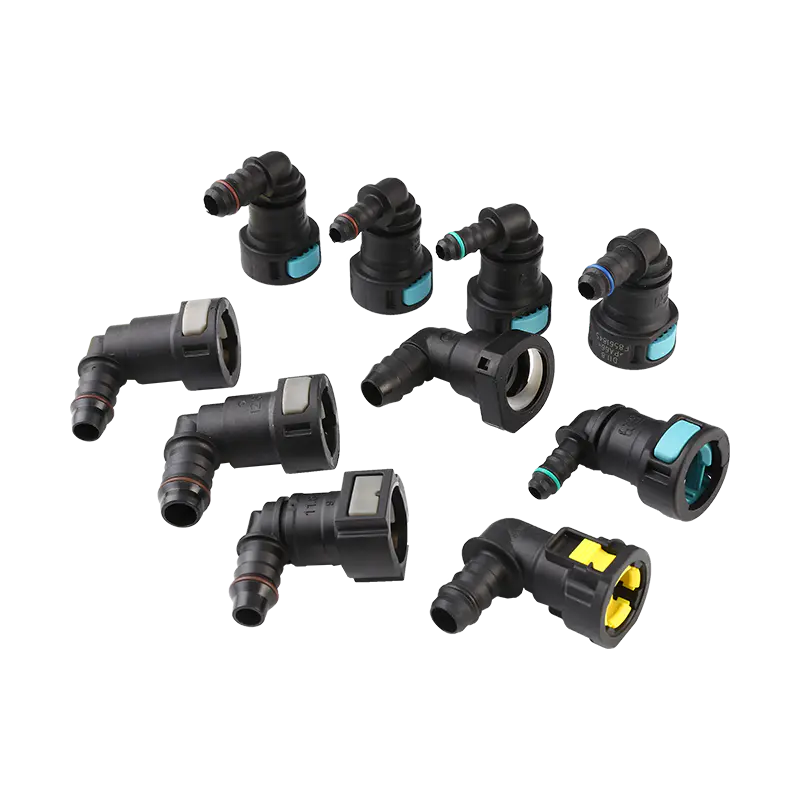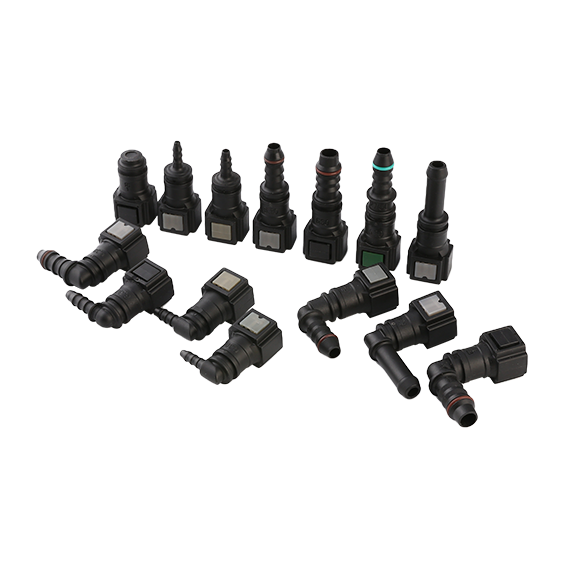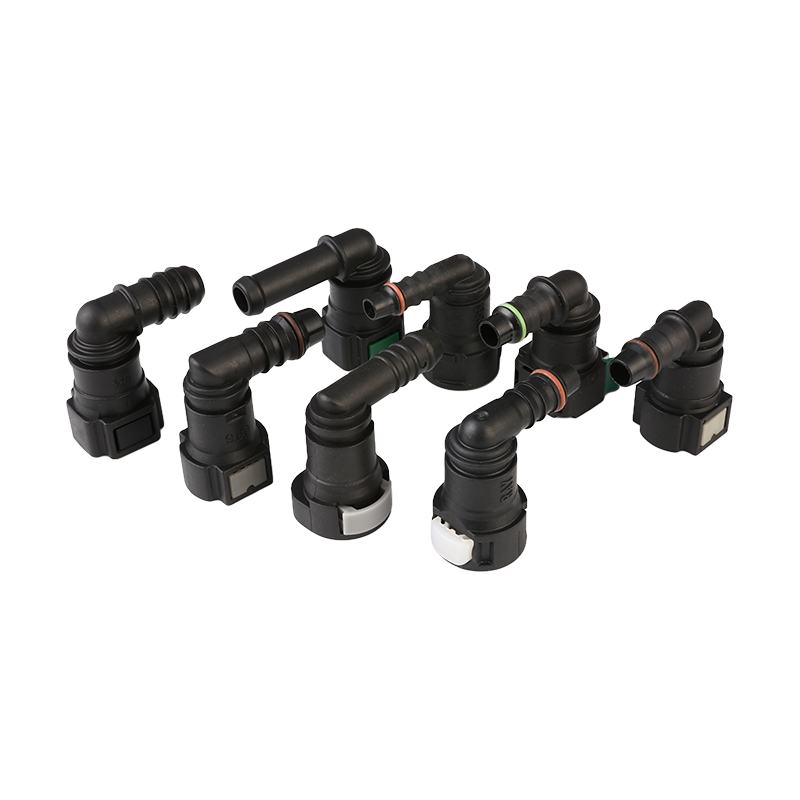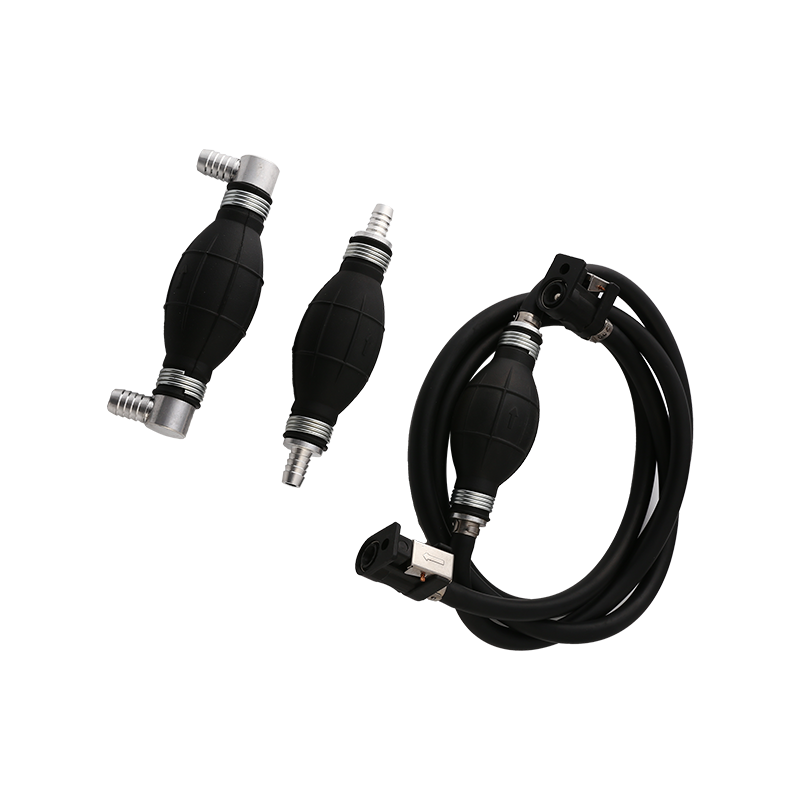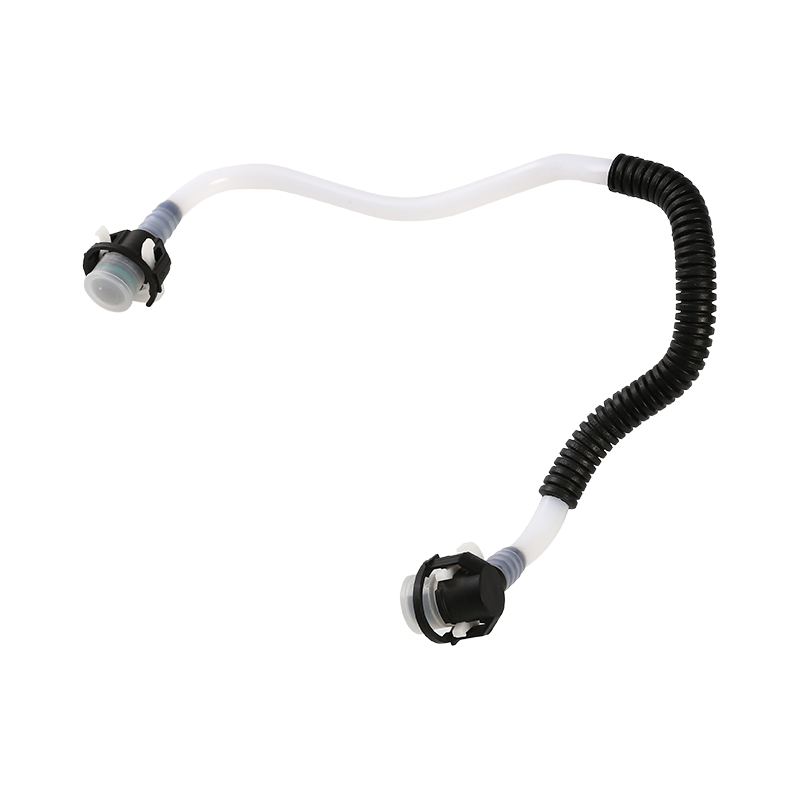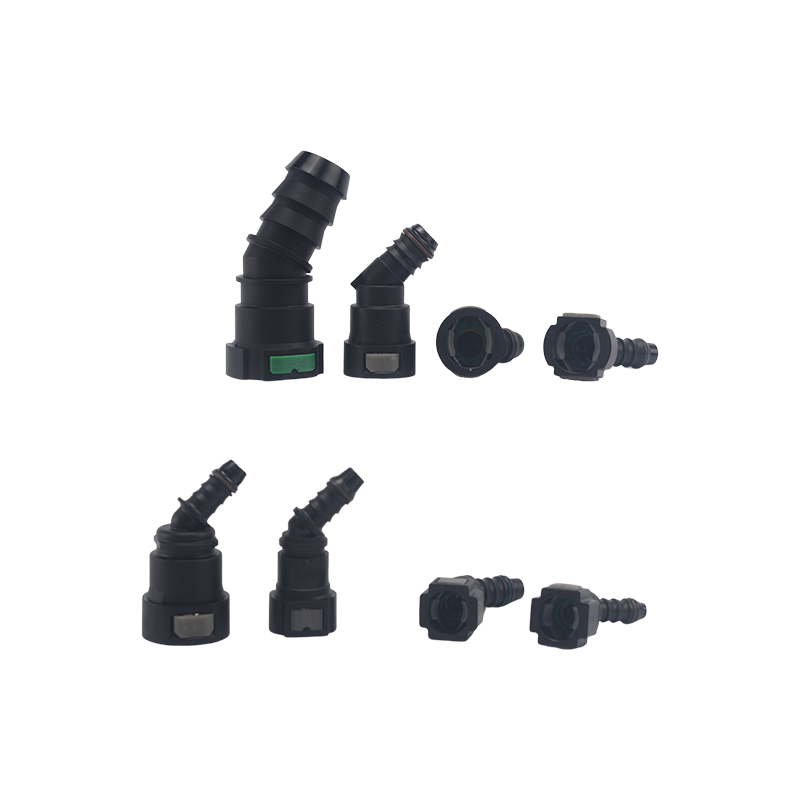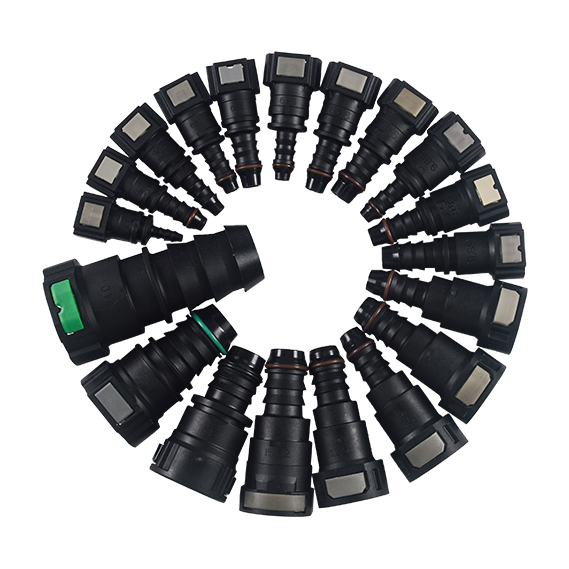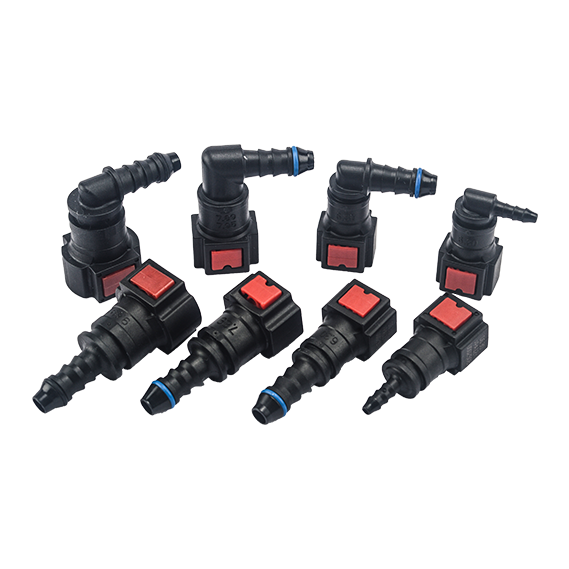What are coolant fittings, and how do they play a crucial role in the efficient cooling system of vehicles?
Coolant fittings are vital components in the cooling systems of vehicles and industrial machinery, ensuring that engines and other mechanical parts maintain their optimal operating temperatures. These fittings, often made from materials like brass, aluminum, or stainless steel, connect various components within the cooling system, allowing the circulation of coolant fluid to dissipate heat and prevent overheating.
Importance of Coolant Fittings:
Coolant fittings serve as the connectors that link the radiator, engine, water pump, and other cooling system components. Their primary function is to enable the smooth flow of coolant fluid through the system, facilitating the transfer of heat away from critical engine parts. Efficient cooling is paramount for preventing engine overheating, which can cause severe damage and compromise the vehicle's or machinery's performance.
Types of Coolant Fittings:
Hose Fittings:
Hose fittings are used to connect rubber hoses to various components in the cooling system. They come in different shapes and sizes to accommodate different hose diameters. Hose fittings are crucial for ensuring a secure and leak-free connection between hoses and other cooling system parts.
Pipe Fittings:
Pipe fittings are threaded connectors that join different sections of metal pipes within the cooling system. They are often used in industrial machinery and larger vehicles where metal pipes are preferred for their durability and heat resistance.
Flange Fittings:
Flange fittings are flat, rimmed collars used to connect pipes, hoses, or valves. They are commonly found in automotive and industrial applications and provide a robust, leak-resistant connection.
Elbow Fittings:
Elbow fittings have a 90-degree bend and are used when a change in the direction of the coolant flow is required. They are particularly useful in tight spaces where a straight connection might be impractical.
Tee Fittings:
Tee fittings have a T-shaped design and are used to create branches in the cooling system, allowing coolant flow in multiple directions. They are essential for systems with multiple components requiring coolant supply.
Applications of Coolant Fittings:
Automotive Industry:
Coolant fittings are extensively used in cars, trucks, motorcycles, and other vehicles. They connect the radiator, engine, heater core, and other components, ensuring proper coolant circulation and temperature regulation.
Industrial Machinery:
Industrial machinery, including generators, compressors, and manufacturing equipment, rely on efficient cooling systems to maintain optimal operating temperatures. coolant fittings Manufacturers are crucial in these systems to prevent overheating and ensure continuous, reliable operation.
Marine Applications:
Boats and ships utilize coolant fittings to cool engines and other mechanical components. The fittings withstand marine environments, providing effective cooling even in challenging conditions.
Maintenance Practices for Coolant Fittings:
Regular Inspection:
Periodically inspect coolant fittings for signs of wear, corrosion, or leaks. Early detection of issues can prevent major problems and extend the life of the fittings.
Proper Tightening:
Ensure that fittings are properly tightened to prevent leaks. Over-tightening can damage the threads, so it's crucial to follow manufacturer specifications for torque values.
Use Quality Coolant:
Use high-quality coolant recommended by the vehicle or machinery manufacturer. Proper coolant levels and the right coolant type are essential for the efficient functioning of the cooling system.
Avoid Mixing Coolants:
Avoid mixing different types or brands of coolant, as this can lead to chemical reactions and reduce the coolant's effectiveness. Use a coolant that matches the specifications provided in the owner's manual.
Regular Flushing and Replacement:
Periodically flush the cooling system to remove debris and contaminants. Over time, coolant can become acidic and lose its effectiveness. Regular flushing and replacement ensure that the coolant maintains its cooling properties.
Protect Against Freezing:
If you live in a cold climate, ensure the coolant is suitable for low temperatures to prevent freezing. Frozen coolant can expand and damage fittings and other components in the cooling system.
In conclusion, coolant fittings are indispensable components in the cooling systems of vehicles, industrial machinery, and marine applications. Their proper functioning is paramount for maintaining optimal operating temperatures, preventing overheating, and ensuring the longevity of engines and mechanical parts. By understanding the different types of coolant fittings, their applications, and implementing essential maintenance practices, vehicle owners, mechanics, and operators of industrial machinery can guarantee efficient cooling, preventing costly repairs and downtime. Regular inspections, proper installation, and the use of quality coolant are key factors in ensuring the reliability and longevity of coolant fittings, contributing to the seamless operation of engines and mechanical systems in various applications.

 English
English
 Español
Español


